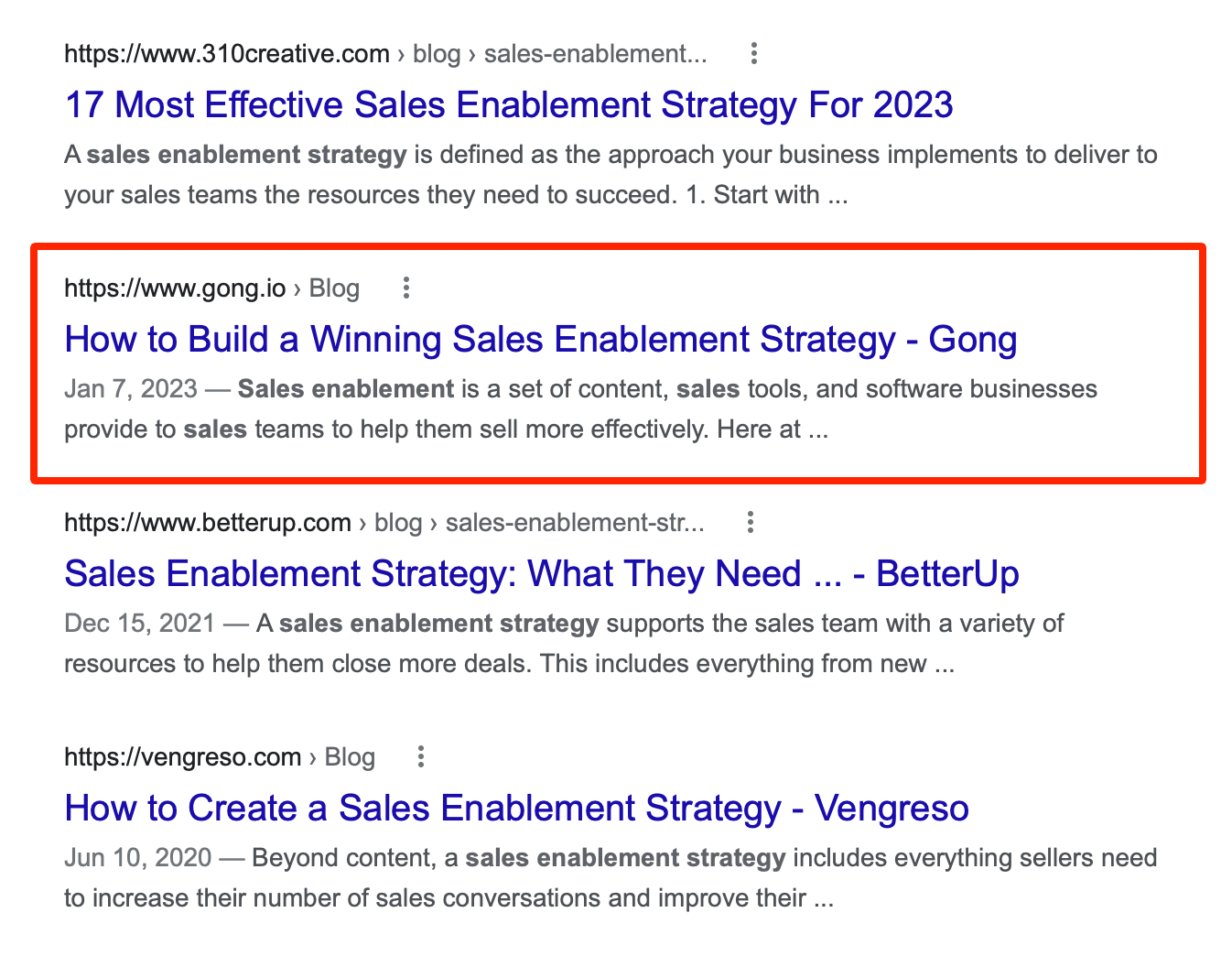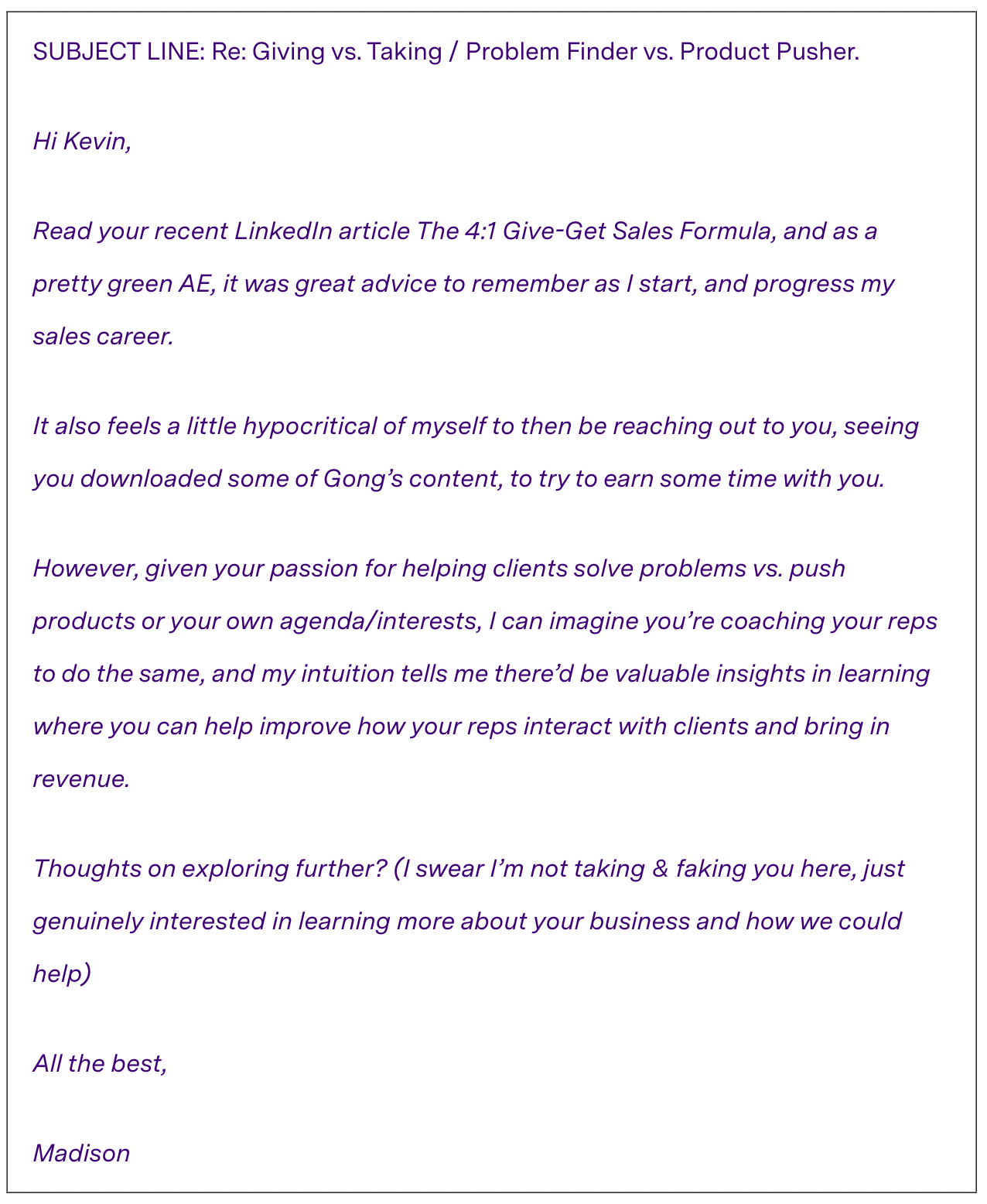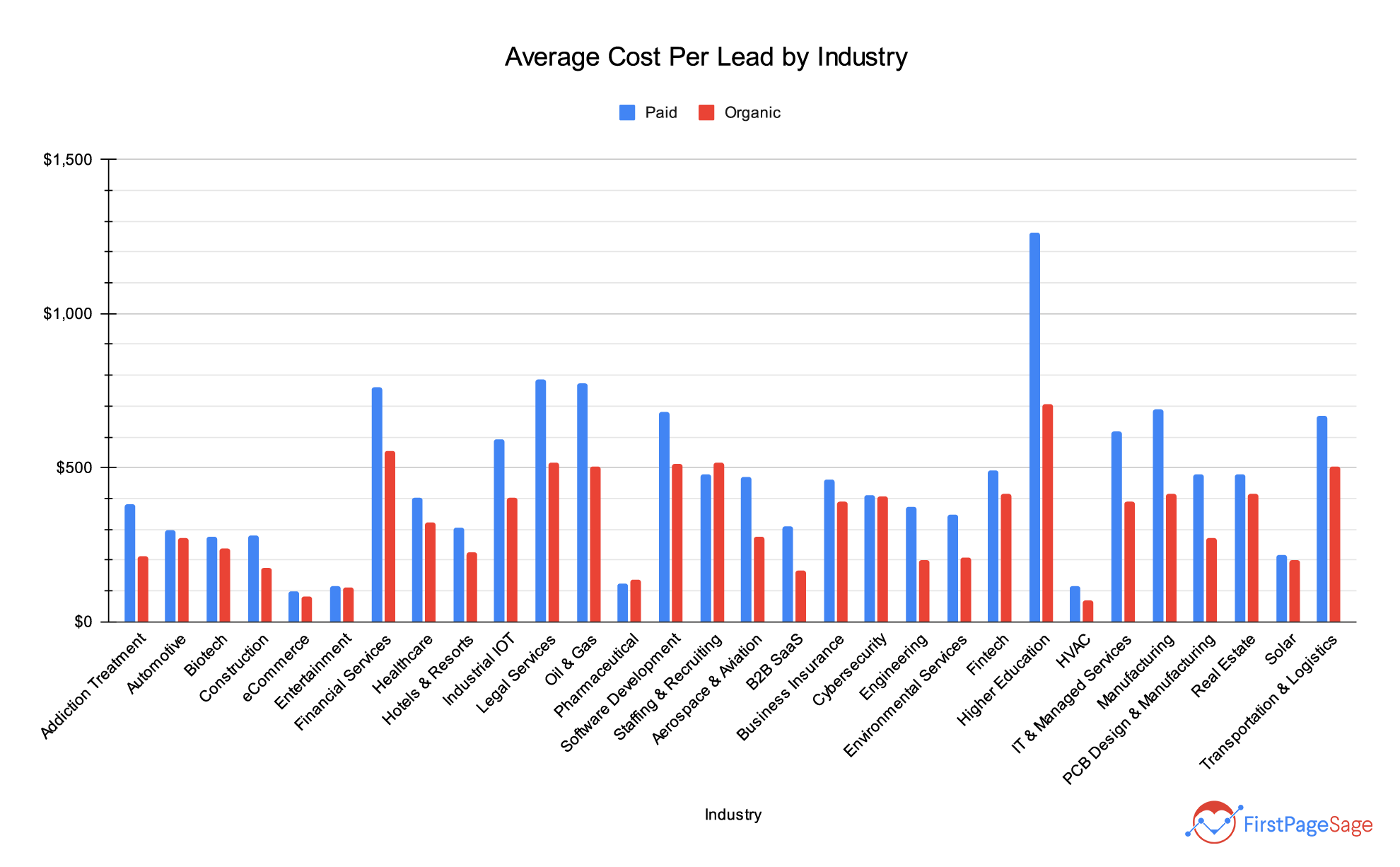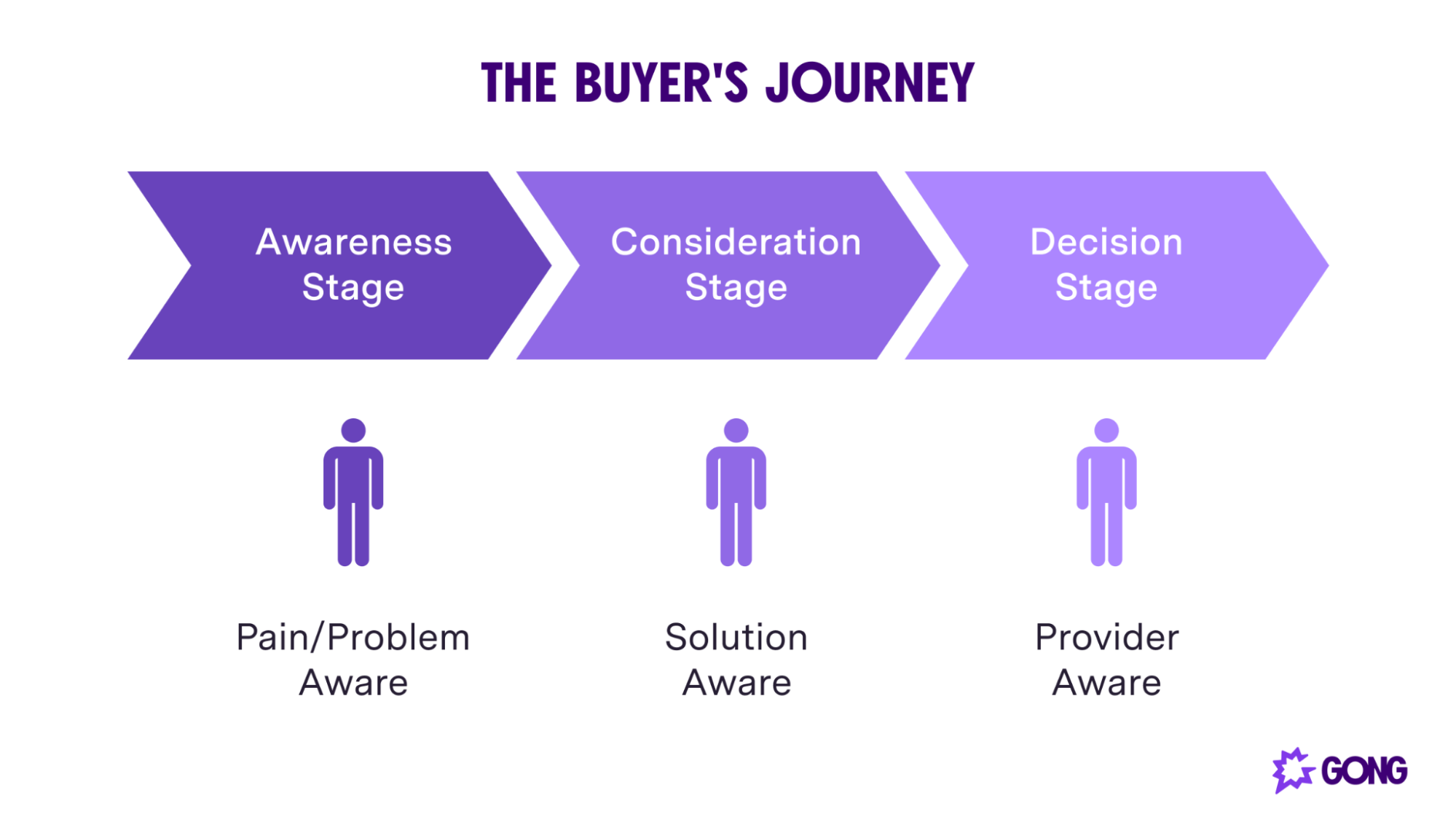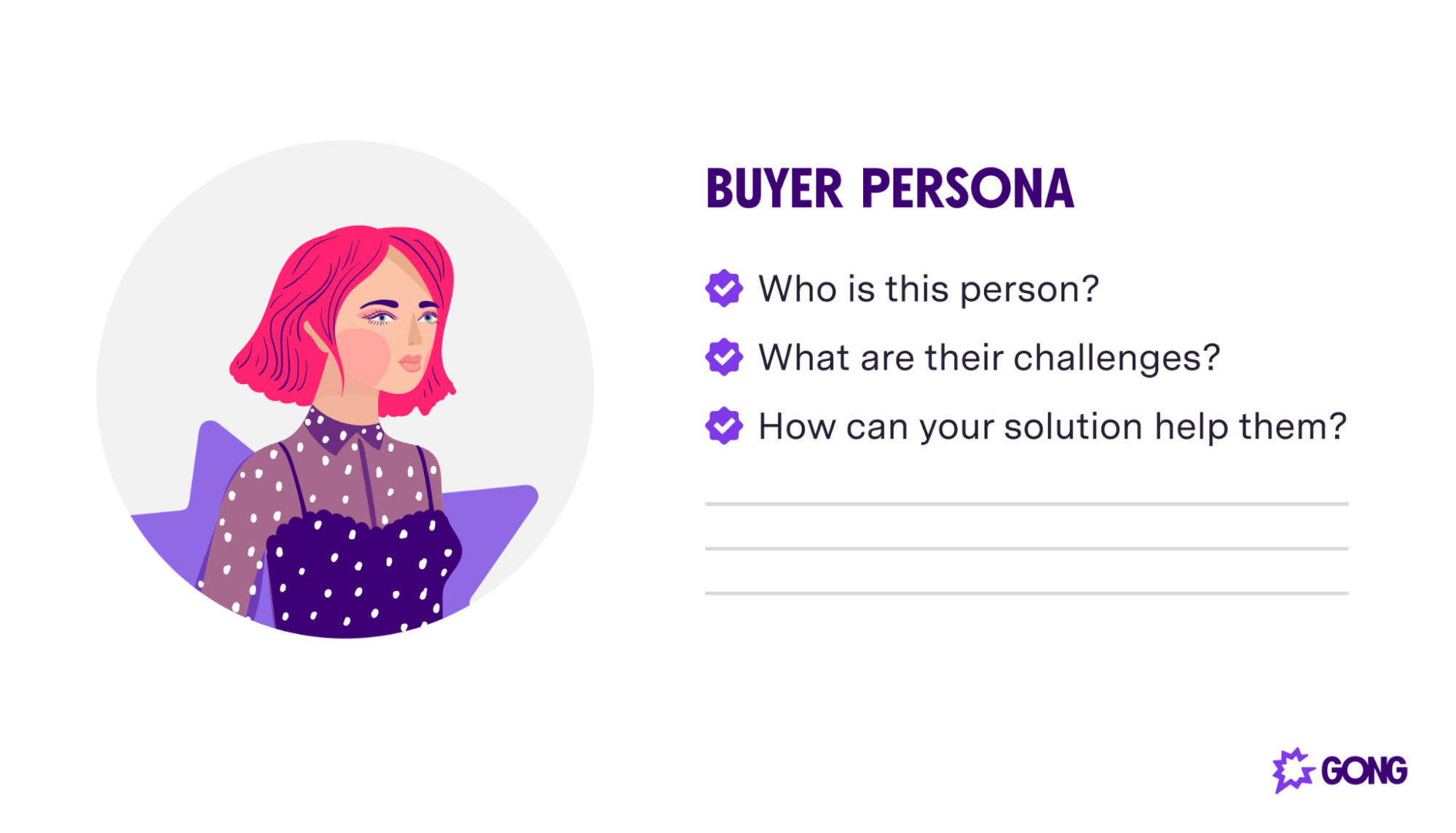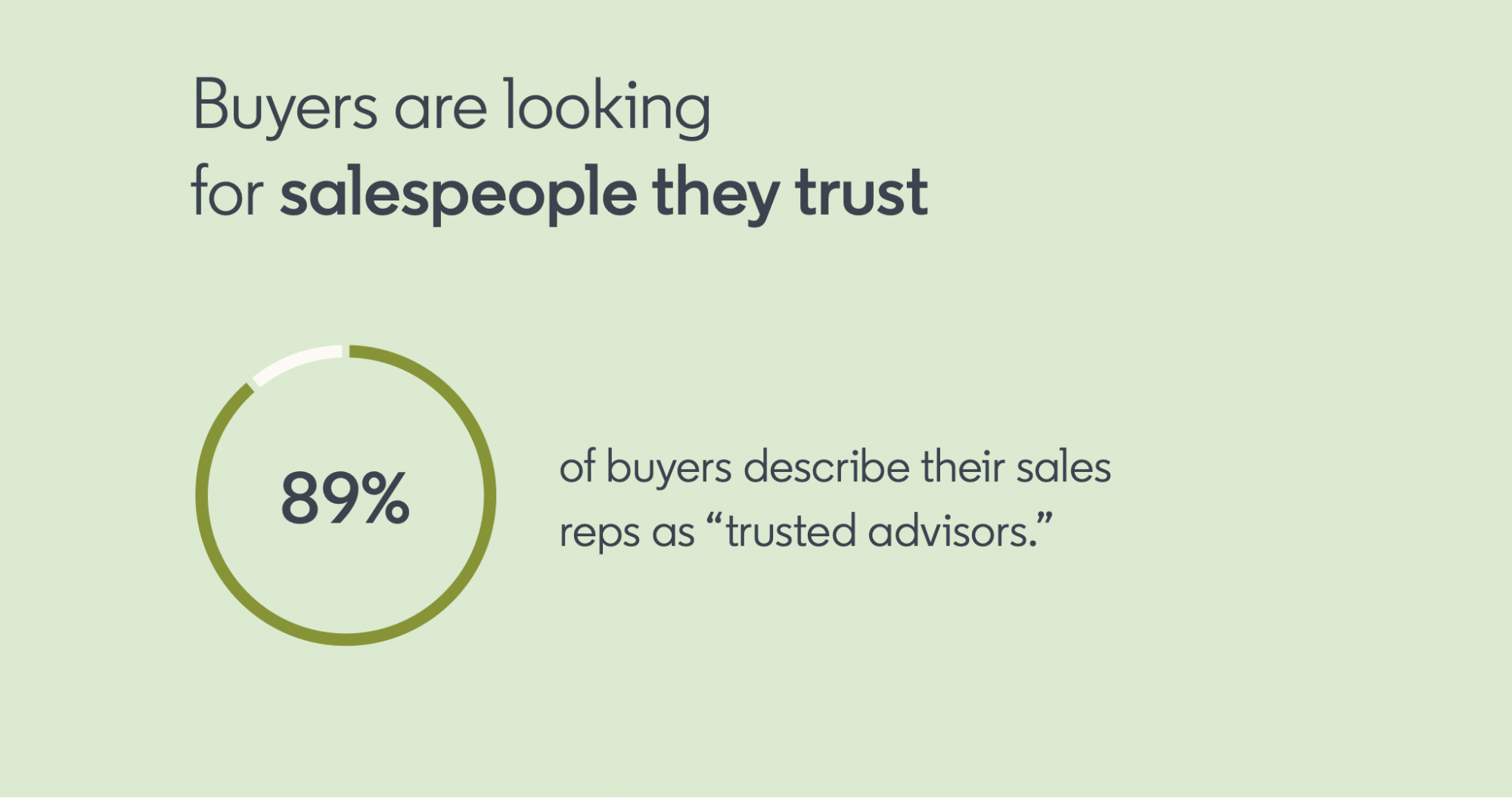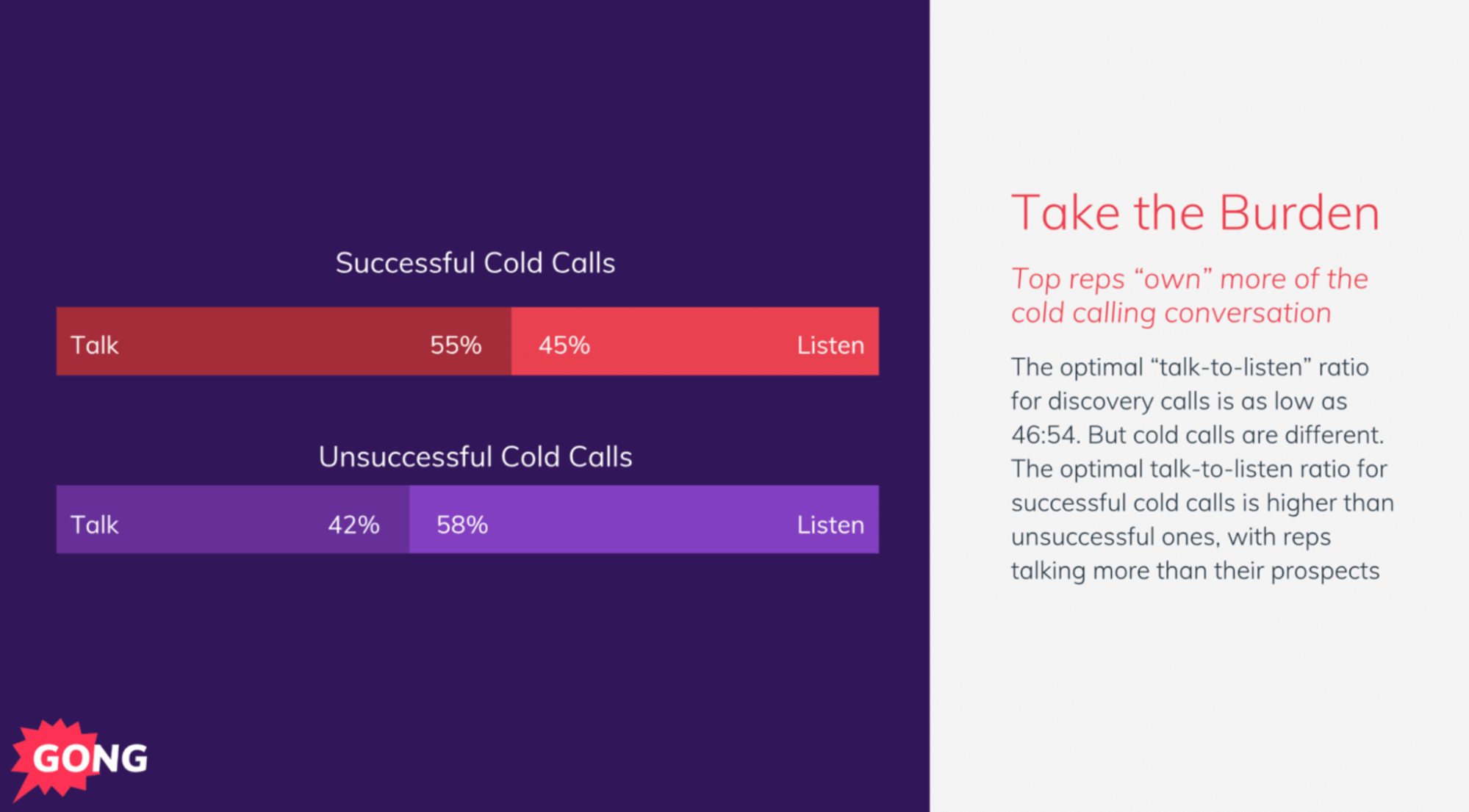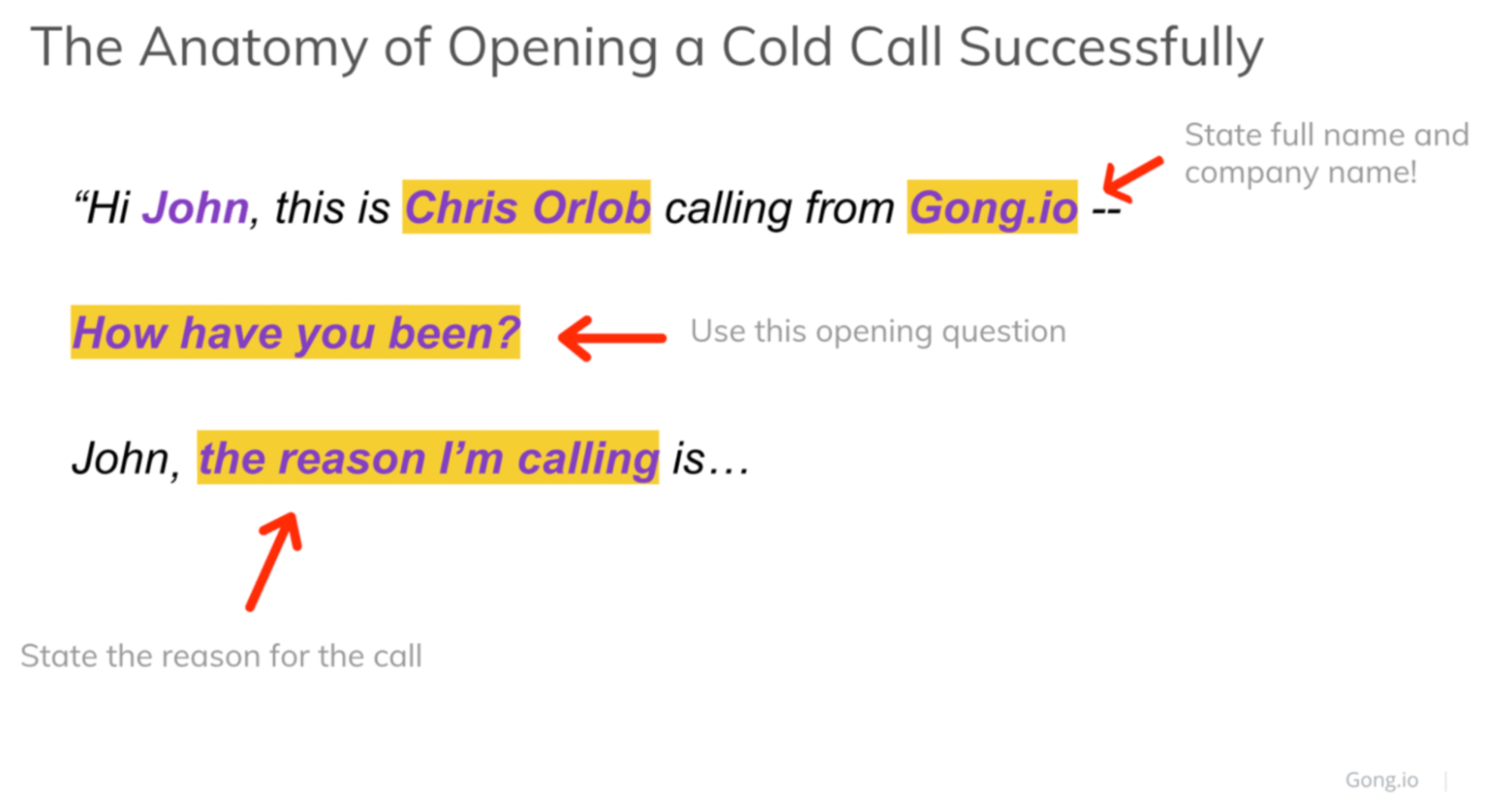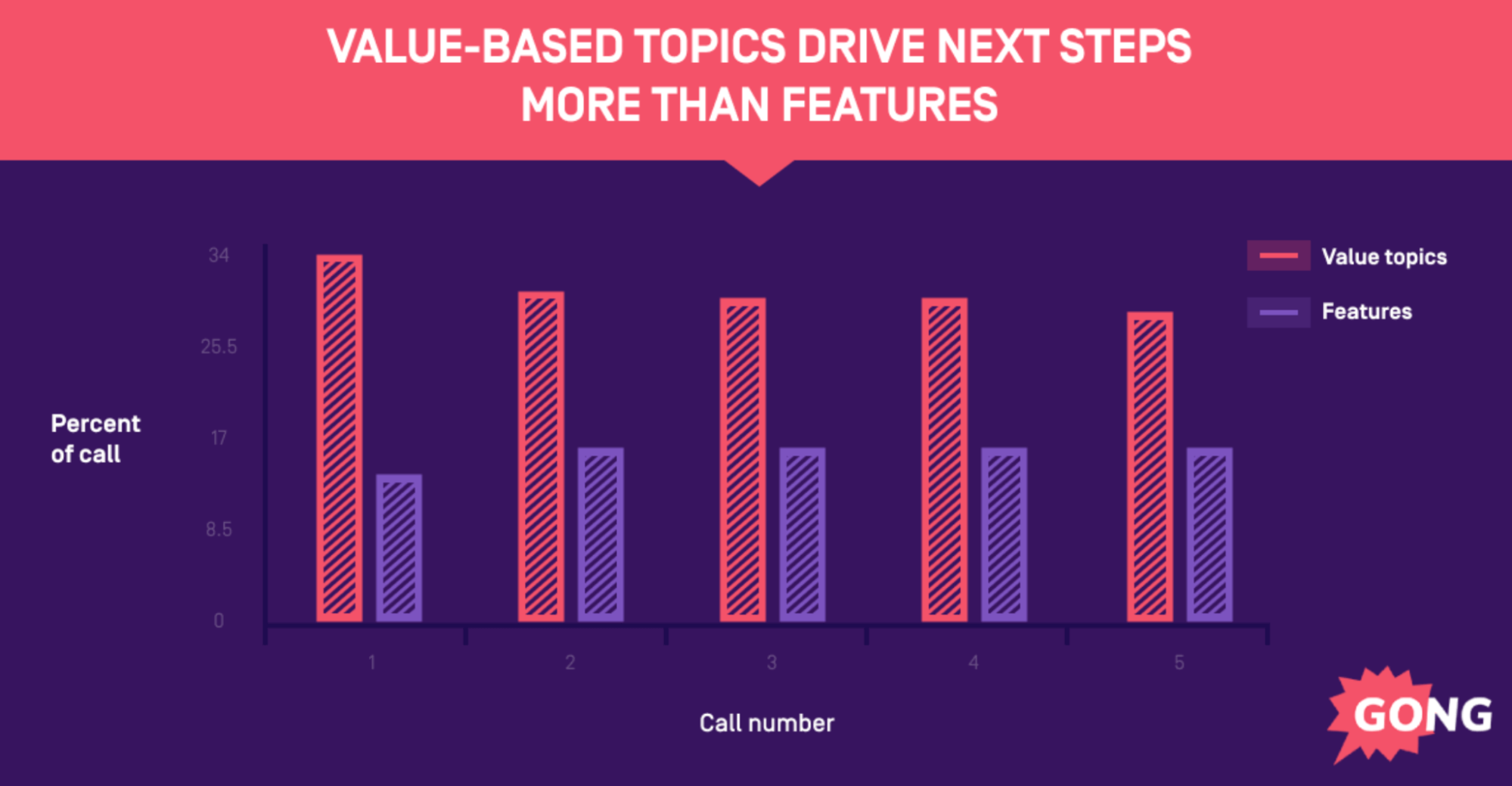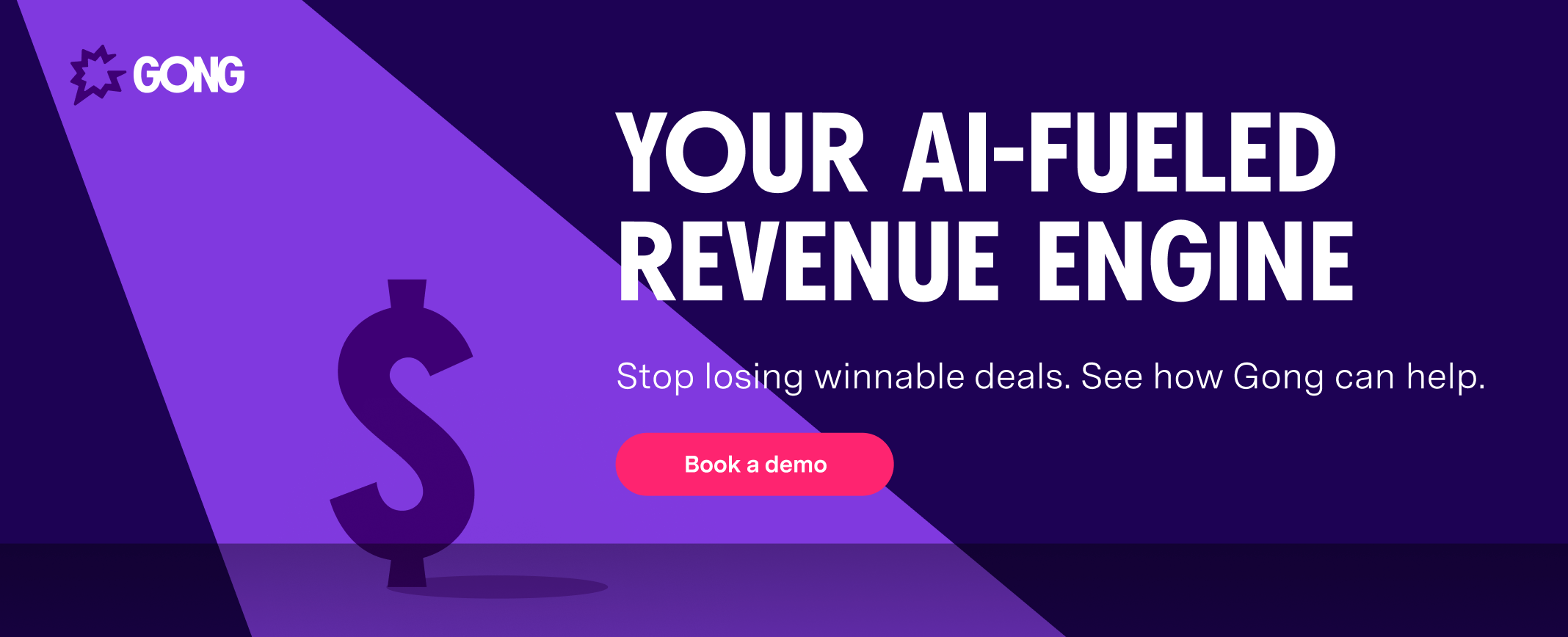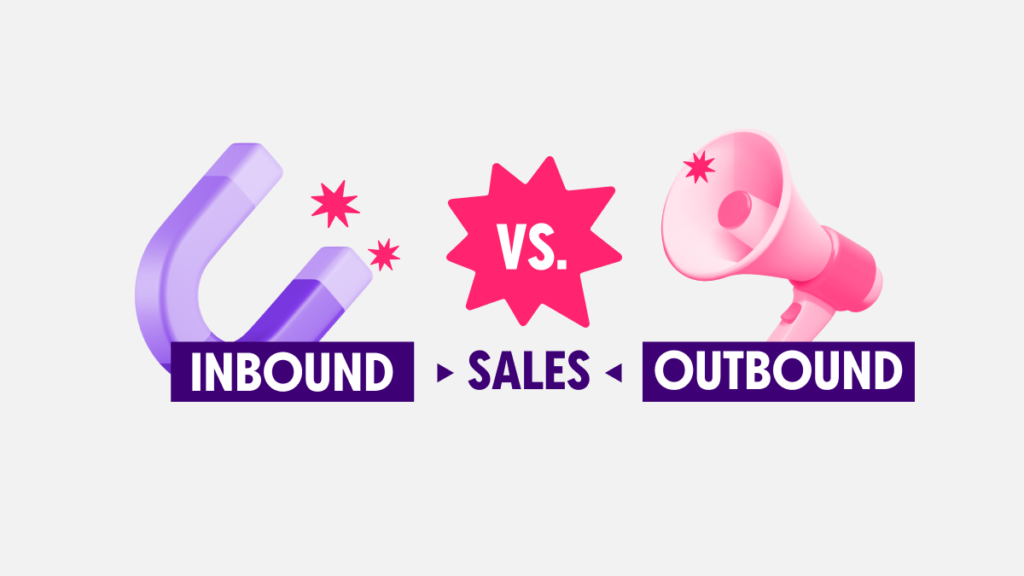
Inbound vs. outbound sales: Both sales strategies have pros and cons.
Inbound strategies are cost-effective and relatively easy to scale. In contrast, outbound strategies are harder to execute because you’re going in “cold.”
So what’s the right sales strategy for your company? And when should you use an inbound strategy over outbound and vice versa? Keep reading to learn more.
In this post, we’ll explain the differences between inbound and outbound sales. We’ll also provide examples and best practices for each.
JUMP TO EACH SECTION TO LEARN MORE
What is inbound sales?
Inbound sales is a sales strategy that focuses on generating interest and getting prospects to reach out to you. Examples include using web forms, live chat, and lead magnets — things you can offer to your visitors in exchange for their email address. New business can also come via word of mouth and referrals from your current buyers.
What is outbound sales?
Outbound sales takes a more traditional approach to sales. It involves sellers reaching out directly to sales prospects who may or may not have heard of your solution. Examples include cold calling, cold emailing, and social selling.
Inbound vs. outbound sales: What’s the difference?
| Inbound Sales | Outbound Sales | |
| Contact | A prospect initiates contact with a company first | A sales rep reaches out to a prospect first |
| Channels | Content marketing, search engine optimization (SEO), web forms, live chat, chatbot, lead magnets | Cold calling, cold emailing, social selling, direct mail, paid ads |
| Engagement | Prospects are more engaged and are aware of your solution | Prospects are less engaged and may not be aware of your solution |
| Cost-effectiveness | Companies spend less on average per lead | Companies spend more on average per lead |
The main difference between inbound and outbound sales is who initiates contact.
Let’s start with inbound sales.
Suppose you’re a sales manager. You learn that sales enablement has a positive impact on win rates and quota attainment, but you don’t have a solid strategy in place.
So, you type “build a sales enablement strategy” into Google and click the following result (that’s us!):
In doing so, you learn not only what a sales enablement strategy is but also that Gong can help you implement one. So you book a product demo, and a sales rep on our team reaches out to start a sales conversation.
In the example above, the prospect initiates contact by booking a demo. Inbound leads are “warm,” as the potential buyer has shown some degree of interest.
With outbound sales, it’s the other way around.
A sales representative reaches out to the potential buyer first. Their aim is to generate interest and bring the prospect into the sales funnel.
Madison, a senior account executive at Gong, sent the following cold email to Kevin Casey, a small business consultant, after reading a LinkedIn article he wrote:
Madison made the email highly personalized and relevant before diving into how Gong can help Kevin transform his sales training. Finally, she wrapped up with an interest call to action.
The email was so well-received that Kevin shared his thoughts on LinkedIn:
“It felt special, genuine and she then weaved that intel into the narrative that led back to her possible solution. It felt natural. It worked.
Bravo Madison! And yes, you got my attention, provoked my interest and earned the right to explore this further.”
Score.
Inbound vs. outbound sales: When to use each?
Which sales strategy is right for you? The answer depends on factors like your business model, the industry you operate in, and who your buyers are.
Why choose inbound over outbound sales?
Here’s why you might choose an inbound sales strategy over outbound:
- It’s more cost-effective: Inbound sales strategies enable companies to generate leads at a lower cost. The graph below shows the average cost per lead by industry for paid (outbound) and organic (inbound) channels.
- It builds credibility: An inbound marketing strategy that consists of publishing useful content to your blog or social media channels can help you build trust with your audience. This portrays you as more trustworthy than outbound sales reps, who might aggressively call your buyers to say, “Buy this now!”
- It supports the buyer’s journey: With an effective inbound sales strategy, you can create content that supports the buying journey and attract more buyers.
If you’re a startup with little capital or your audience isn’t receptive to outbound sales, then you may want to opt for an inbound sales strategy.
Why choose outbound over inbound sales?
Here’s why you might consider an outbound sales strategy instead of inbound:
- It’s highly targeted: With outbound sales, you focus on prospects who fit your ideal customer profile (ICP) — a description of the companies that would benefit from your solution.
- It helps you reduce churn: Poor buyer retention often stems from attracting the wrong buyers. Honing in on your target audience ensures a better product-market fit, which can reduce churn rates.
- It gives you instant feedback: When you use software like Gong’s revenue intelligence platform, you can measure how a potential customer responds to your outreach. This enables you to adapt your sales messaging based on actual data.
If your company primarily does B2B sales or your product has a long sales cycle, then an outbound sales strategy may work better for your company.
There’s no need to strictly choose one strategy over the other. Use a combination of both in your sales process to generate more leads and reach your goals.
Inbound sales strategies and best practices to follow
The inbound sales methodology follows four steps: identify, connect, explore, and advise.
Let’s take a closer look at each, as well as best practices you should follow.
1. Identify your potential buyers
The first step in the inbound sales process is to identify your potential buyers.
Having a well-defined buyer persona can guide your inbound marketing efforts. Ask the following questions to create a customer profile of your ideal buyers:
- What is their role in their company?
- What are their responsibilities?
- What challenges do they encounter?
- How do they measure success?
- How can your solution help them?
Your marketing team can then create inbound content that specifically targets your buyer persona with articles, lead magnets, and videos.
Marketing teams typically collaborate with sales teams to establish criteria for sales qualified leads (SQLs) — qualified prospects who have been deemed ready to talk to the sales team.
2. Connect with your leads
A potential customer has discovered your site and filled out a web form. The marketing team has also vetted and determined that they’re ready for sales to follow up with.
The next step in the inbound sales process is to connect with your potential buyer through their preferred method of communication — via phone, email, social media, or even live chat.
Have your inbound sales team research a potential customer ahead of time using resources like LinkedIn. This will enable them to make their outreach more personalized.
3. Explore the prospect’s pain points
The explore stage is where you’ll dive into your buyer’s pain points. This is a crucial step, as it’s where you’ll also qualify the buyer, as selling to the wrong buyers can lead to higher churn rates.
Consider taking a value selling approach — a methodology that emphasizes the value a product or service provides. It encourages reps to take a “consultative” approach instead of going straight for the sale.
Why is this important?
Because 89% of buyers describe the salespeople they do business with as trusted advisors.
Encourage your reps to find ways to add value during every interaction.
4. Advise on a solution
Reps will take everything they’ve learned about a prospect and create a sales pitch — one that helps your buyers see how your solution will help them achieve their goals. If they’re considering other options, think about how you can present your product as the better option.
Best practices for inbound sales:
- Align your marketing and sales teams: Your marketing team should communicate everything they know about a potential customer to the salesperson before the latter gets on the phone.
- Establish criteria for SQLs: This will ensure that your reps focus their attention on prospects who are likely to convert.
- Optimize your onboarding process: Reduce time to value with an effective onboarding process that helps your buyers experience value from your solution.
- Deliver relevant content: 80% of B2B buyers say a vendor’s content had a positive impact on their buying decision. Give buyers a reason to share their contact information by creating relevant content.
- Automate as much as possible: Improve productivity across the board by leveraging sales automation.
Outbound sales strategies and best practices to follow
Prospects in outbound sales are “cold,” so you need to take a different approach if you want to convert them into buyers.
Use the following steps to implement an outbound strategy into your sales process:
1. Equip your reps with the right sales tools
Conducting outbound outreach isn’t easy.
However, equipping your outbound sales team with sales software like Gong can even the odds. Not only will this help you track the adoption of new initiatives, but it can also identify areas of improvement for each rep.
For example, listening more than talking is good advice — except when it comes to cold calling. In fact, we’ve found that the optimal talk-to-listen ratio for successful cold calls is 55%:45%.
If reps aren’t “owning” more of the conversation on a cold call, you can step in and deliver personalized feedback. What’s more, Gong allows you to see what your top performers are doing differently so that you can replicate their success.
2. Research your prospects
Reps should never go into a call completely cold — this sends a clear signal to the prospect that the salesperson is only interested in the sale (instead of learning the prospect’s pain points).
Here are a few resources your outbound sales team can use to research prospects:
- Crunchbase
These resources will help you learn what’s top of mind for your prospects. They can also uncover tidbits you can use to warm up your cold calls. For example, if your research reveals that a prospect has recently won an award, you might congratulate them in a call or email.
This may sound like a lot of extra effort. But considering that 82% of top-performing reps always research prospects before making contact, it’s time well spent.
3. Conduct outreach
Once you’ve gathered enough research on your potential buyers, it’s time to choose the channels you’ll use to do your outreach. While this may sound old-fashioned, businesses still prefer voice calls for most sales interactions.
Here are some of our best data-backed sales tips on how to cold call:
- Use your full name in the opener
- Ask, “How have you been?”
- State the reason for your call
Here’s an example of what an effective cold call opener looks like:
However, if you don’t have the buyer’s phone number, you can also reach out to them via email or social messaging, like that offered on LinkedIn.
4. Qualify your prospects
Sales qualification is one of the most important steps of the outbound sales process. It ensures that your sales professionals are focusing on the right buyers.
Consider using a framework like BANT to qualify your prospects. BANT stands for:
- Budget: Can your prospect afford your solution?
- Authority: Does the prospect have the decision-making authority to finalize the sale?
- Need: Does the prospect have a genuine need for your solution?
- Timeline: How soon is the prospect looking to get started?
A prospect is considered qualified if they meet at least three of the four criteria listed above.
In addition to using a qualification framework, asking the right sales qualifying questions can help your outbound sales reps determine whether a prospect is a good fit for your company.
5. Close the deal
The final stage in the outbound strategy is to close the deal. Reps who focus on value-based topics drive next steps more than those who focus on features.
Of course, buyers are bound to have objections before they sign. Have your reps brush up on sales techniques like objection handling so that they know how to handle even the toughest objections.
Once your reps have addressed all the objections, it’s time to close the deal. It’s important that your reps actually ask for the close to maintain the deal momentum.
This means asking closing questions that:
- Confirm the deal’s timing (“By what date can we execute an agreement?”)
- Determine the buyer’s buying process (“How can we get [decision-maker] to say yes?”)
- Mitigate the deal risk (“What could prevent you from moving forward?”)
Here are more sales closing questions that will help you bring more deals across the finish line.
Best practices for outbound sales:
- Make sure that your reps have strong product knowledge: Having knowledgeable sales professionals who can confidently speak about your products or services is key to closing deals.
- Personalize all interactions: 71% of buyers expect companies to deliver personalized interactions. Meet these expectations by personalizing interactions with your buyers.
- Measure the right KPIs: Measure the right sales KPIs to track your efforts. If a rep isn’t meeting their quotas, digging into their sales data can help you figure out why.
- Utilize various channels: Don’t limit yourself to just one outreach channel. B2B companies that sell through more channels are more likely to gain market share.
Transform your inbound and outbound sales strategies with Gong
No matter which sales approach you implement in your company, it’s important that your sales reps have access to the right sales tools.
Gong gives you full visibility into your team’s sales pipeline. It delivers personalized guidance for your reps and automates tasks so they can focus on the actions that move deals forward.
Gong also integrates with CRM software like HubSpot and Salesforce so that you can keep everything in one place. Request a demo to learn more today!
